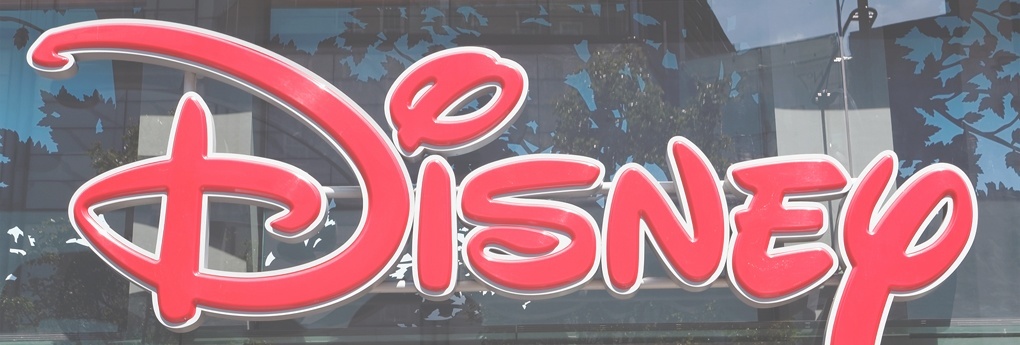If you’ve been anywhere near a child in the past year, you’ve probably heard the “Frozen” soundtrack. You’ve probably also seen an abundance of Elsa Halloween costumes, “Frozen” picture books…well, you get the idea.
But even if you can’t go a day without breaking into your slightly painful soprano of “Let It Go,” you might not have thought about what Disney’s “Frozen” can teach you about pivoting.
According to Eric Ries, author of “The Lean Startup,” a pivot is making a change in strategy without making a change in vision. This change can be minute or enormous, but it always builds on a tested, successful component of the business’s overarching mission.
Disney is a master of the pivot. All of its movies create the opportunity to move into merchandise, resorts, and theme parks, anchored by the wholesome and exciting Disney brand. The lovable snowman Olaf alone has created hundreds of pivot points. Disney has transformed the animated character into cuddly toys, pajamas, snow globes, and even the host of the Disney California Adventure Park holiday show “Winter Dreams.” Elsa and Anna now have their own ice show and book series, and they may even be appearing in a “Once Upon a Time” spinoff.
From a storytelling standpoint, “Frozen” has two characters that fit into the highly profitable Disney Princess theme, but Disney has pivoted away from the “damsel in distress” archetype to embrace the maturing image of the empowered heroine by creating two sisters who are strong, independent, and courageous. While “Frozen” does feature a romance (the bread and butter of the Disney Princess franchise), the main love story is really about the love between two sisters.
But you don’t have to be Disney to use pivoting to your advantage. These tips will help you harness your flexibility and imagination to pivot successfully while staying true to your core values:
1. Capitalize on Your Best Idea
Sure, Disney can pivot all day long. It has a whole universe of characters and scenes to work with. But think back to the outset of the company. Walt Disney began the studio from one storyboard that worked. He took this pattern and repeated it, pivoting his way into other mediums and stories.
Rather than trying to create a massive library of ideas, start by capitalizing on your best idea. It may turn out to be the beginning of your universe.
2. Maximize the Customer Experience
Successful pivoting happens when you don’t just think about maximizing profits, but also focus on creating an ever-growing customer experience. Disney does this through its parks, products, and films. There’s always something new for the customer to experience, and every aspect of the delivery embodies Disney’s themes, its values, and customers’ favorite characters.
To maximize the customer experience, go where your customers are, and watch what they’re doing. If they’re taking products or services online, move online. If they want a mobile experience, make sure your company delivers.
3. Stay Open-Minded to Market Trends
The box office sales for “Frozen” surpassed $400 million, but its worldwide ticket sales hit more than three times that amount. The movie industry has been globally minded for decades, but sometimes, small businesses don’t think beyond borders.
Stay flexible in your brainstorming sessions so you can seize opportunities and respond to emerging market trends. Try pivoting from your most obvious and least obvious products. Bring in your whole team to brainstorm opportunities for each, and see what the outcomes would be.
4. Focus on Integration
When you think about Disney franchises, everything is integrated. Yes, Disney parks are profitable on their own, but they’re also designed and operated to market the latest Disney movie and sell merchandise that goes along with it.
Instead of thinking of your business as a collection of separate product lines, imagine your business as its own universe of integrated products and services that are all working together to create one customer experience.
5. Remember Your Story
The “Frozen” film has produced endless pivot points. Each character has a unique fan base, and the soundtrack has a life of its own, but these points all boil down to one original story.
Successfully pivoting into other industries and experiences takes a deep understanding of your core mission and values, so build your company with both your present and future in mind. Hold regular brainstorming sessions about the future of your brand so off-shooting projects will always be connected to your company’s values. Integrate this story into everything you deliver so your customers know what they can expect from your brand.
By making pivoting a way of life, you can build a universe around your brand just like Walt Disney did when he put his cartoons in motion. And the next time you’re in the shower belting out “Let It Go,” just think how far your own ideas can take you.
this article originally appeared on Forbes

